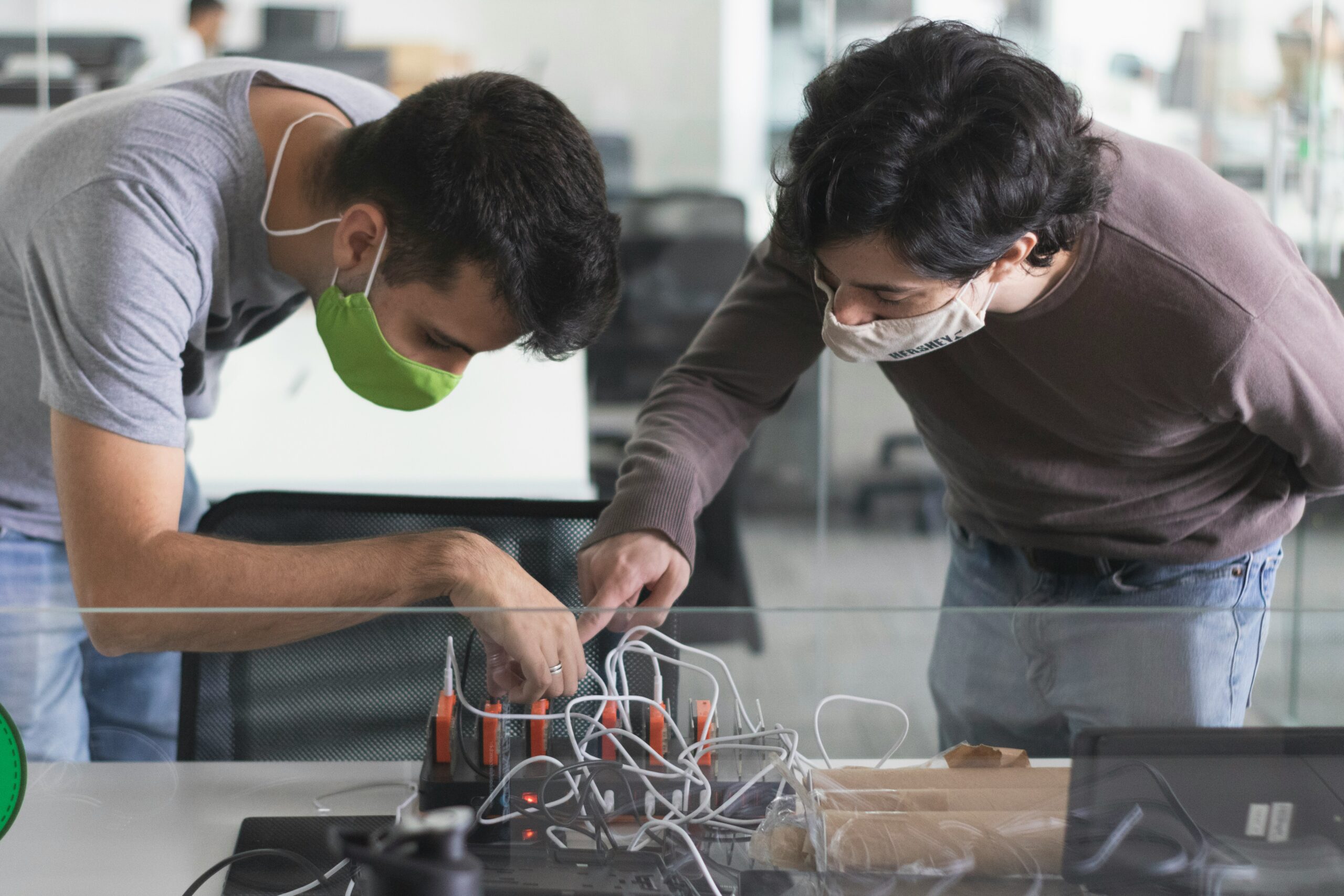Unloading cargo has long been a cause of bottlenecks. Trucks end up queuing for hours, waiting for crews to get through shipments with forklifts and manual pallet jacks. Even in well-organised warehouses, unloading has remained a labour-intensive task that takes far too long. Luckily, however, that’s been changing for some years now.
Automated unloading systems are rapidly becoming faster, more adaptable, and easier to integrate into existing logistics networks. This evolution is being driven by rapid advances in technology, labour pressures, and the need for ongoing improvements in efficiency and safety.
Flexible solutions
Early automated unloading setups were relatively rigid. While they worked well for standard-sized pallets or uniform shapes, anything outside that range was relegated back to manual handling. Newer systems are becoming far more flexible.
Modern robotic arms can adjust grip strength and positioning as they go, handling everything from shrink-wrapped goods to loose boxes. Vision systems powered by AI can scan a truck or container’s load, plan the unloading sequence in seconds, and adapt in real time if something in that load changes or breaks.
Supply chain integration
Unloading no longer exists as a relatively isolated process. The latest systems from providers like Joloda Hydraroll feed data directly into warehouse management software, updating inventory counts as items leave the truck.
In some cases, unloading equipment can work in sync with automated conveyor belts, robotic sorters, and storage systems, meaning goods can be offloaded, scanned, sorted, and stored without ever having to touch human hands. People can remain on hand for more high-skilled tasks, without bearing the physical brunt of the work.
For cold-chain logistics in particular, this integration is critical. Perishable goods can be moved from truck to storage in minutes, reducing spoilage and meeting stricter food safety standards.
Worker safety
One of the strongest arguments for automation has always been worker safety. Manual unloading involves heavy lifting, repetitive movements, and being around heavy, unstable objects – all of which contribute to a higher chance of long-term injuries.
The latest generation of automated systems massively reduces direct human contact with cargo, allowing workers to focus on monitoring the process rather than physically handling loads. This doesn’t just cut injury rates; it also helps retain staff in an industry struggling with labour shortages.
Energy efficiency
Older automated unloading systems often ran at a single speed resulting in wasted energy. In 2025, many systems now use variable-speed motors, regenerative braking, and smart power management to cut unnecessary consumption. Some can even run on stored solar energy, in facilities that have invested in renewable energy solutions.
In the years to come, we should see a range of unloading systems that are able to operate even more autonomously than the ones we have available to us at the moment. That could even include things like self-driving unloading platforms that meet trucks at docking bays, automatically adjust their position, all while working with other autonomous vehicles and drones inside warehouses.
The goal isn’t just to make unloading processes faster, but to transform them into a seamless, invisible part of the supply chain, operating with minimal human intervention.

